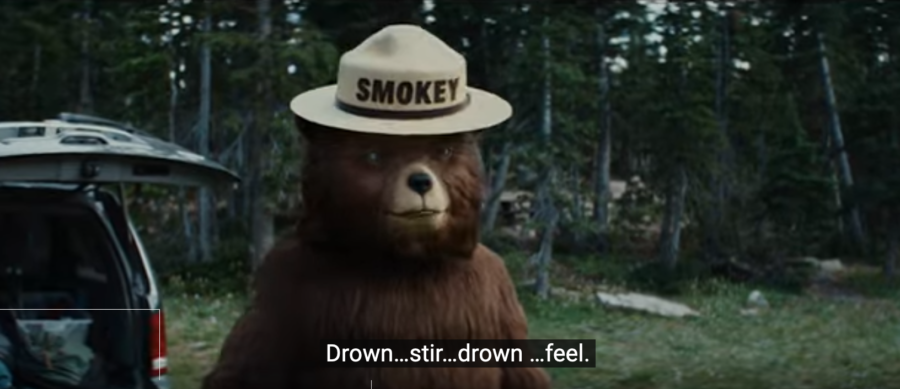A collaboration between 13 indigenous governments and the Yukon government officially closed another fire season on Friday, which was one for Canada’s record books.
Canada saw more than double the carbon emissions from wildfires between January 1 and July 31 than the previous record year, according to the European Union’s Earth Observation Programme. The emissions represented 25 percent of the global total for 2023 to date.

The Yukon First Nations Wildfire partnership helped fight 218 of the fires that started in the territory and burned more than 223,942 hectares. The partnership is made up of 13 First Nations and nine stakeholders that incorporate traditional knowledge in both its IA and SA programs. The collaboration officially closed its IA crew’s season on September 15.
“Today is the final day of our Initial Attack crew’s season! Congratulations on a summer full of hard work and dedication,” the partnership posted on its Facebook page. “It’s been a record-breaking year for wildfires across the country, and your impact has been felt from coast to coast.”
Yukon First Nations Wildfire was founded by wildland firefighters and Indigenous business leaders in 2018 after Da Daghay Development Corporation, a First Nations development corporation, started talks for unified wildland firefighting from among all of the territory’s First Nations in 2015. The partnership has since trained 250 firefighters and deployed nine IA teams in First Nation communities.

The 2023 season was the first in a recently renewed three-year agreement for managing wildfire in the territory between the First Nations and Yukon’s government, one that outlines hiring procedures for IA firefighters across the territory.
“Several models for wildfire response are in place across the Yukon depending on the preference of First Nations governments for direct hiring of wildland firefighters or delegating administration to others,” according to a June news release from Yukon’s government. “While some First Nations hire crew members directly through development corporations, others delegate contracts to Yukon First Nations Wildfire. These contracted employees are trained and integrated on a yearly basis into the territorial Wildland Fire Management organization.”
The Yukon First Nations Wildfire partnership specifically includes the Carcross/Tagish First Nation, the Little Salmon Carmacks First Nation, the White River First Nation, the Ta’an Kwach’an Council, the Liard First Nation, the Kluane First Nation, the Champagne Aishihik First Nation, the Nacho Nyak Dun First Nation, and the Ross River Dena Council. Four others — the Selkirk First Nation, the Vuntut First Nation, the Teslin Tlingit First Nation and the Kwanlin Dün First Nation, are administered by Development Corporation or First Nations directly.








